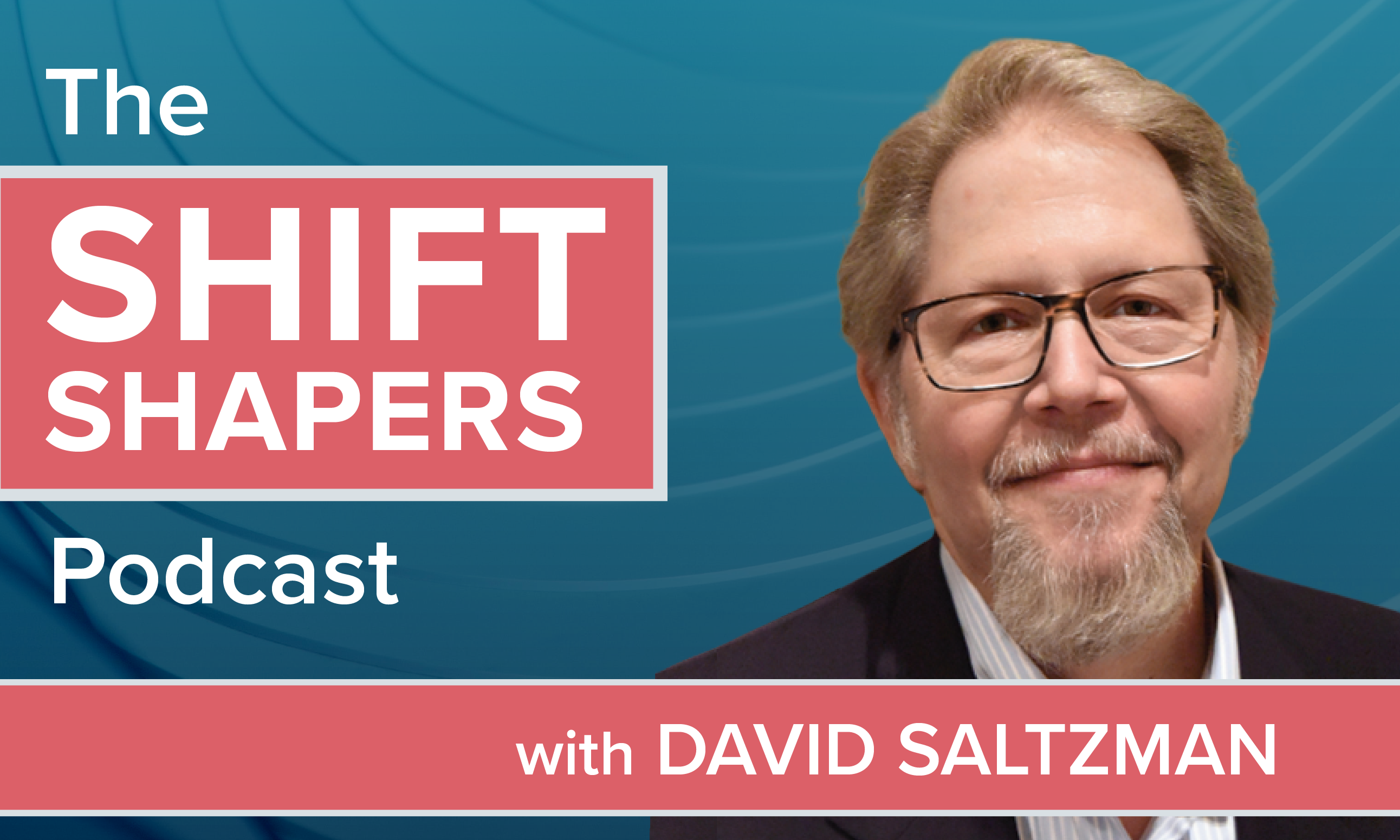 Sponsored Contentby Maxwell Health
Sponsored Contentby Maxwell Health
It's no longer business as usual for benefits advisors, but thankfully, thepast few years have seen incredible innovations to arm you to notonly compete with new pressures, but drive efficiencies, evolveyour revenue and go-to-market strategy, and define the future ofemployee benefits. Benefits marketplaces embedded within technologyplatforms that solve problems for you, your clients, and theiremployees, might be key to your bottom line and winning in this newenvironment.
|Automate inefficiencies and repeatableworkflows
|The insurance industry is known for relying far too heavily onmanual methods to handle complex information and processes, buttechnology advancements in the past few years have drasticallyimproved this approach through automation. Cutting-edge brokers areleveraging automation to focus their energy on what really matters:helping their employer clients navigate a fast-changing benefitslandscape.
|Brokers often remind me that time is a precious commodity andhas never been more valuable. Today, your employer clients andprospects expect deeper levels of guidance and support than everbefore. Think about common projects and activities your team workson that require precious time. Quoting ancillary is likely high onthe list, especially for smaller groups that won't deliver the samecommissions to your agency as their larger counterparts. Enrollingemployees is often arduous work, especially when employees don'tknow the value of the products they're spending their money on.Ongoing administration of data files is cumbersome and complicated,but technology exists to automate all of these processes forbrokers, and benefits marketplaces often bring these tools togetherin a really powerful way, both for benefits advisors and for theirclients.
|Leverage the distribution power ofmarketplaces
|Marketplaces provide significant distribution potential forinsurance carriers and non-insurance products and services alike,driving higher levels of access and utilization than othertraditional methods. This means products may have lower voluntaryparticipation requirements for small groups, and ideally,electronic data interchange (EDI) with insurance carriers,automating the most tedious parts of the enrollment andadministrative process. In many cases, marketplaces have also donethe legwork to vet out the best wellness programs, telemedicineservices, financial planning tools, and other nontraditionalemployee benefit programs that drive value to both employees andemployers (and revenue to the brokers they work with).
|Diversify your revenue opportunity
|Although almost half of employers plan to offer a high-deductible plan by 2018,which could create gaps in coverage for employees, only 36 percent currently offer a voluntary product such ascritical illness, accident, or hospital indemnity insurance to helpfill those gaps — and only 10 percent offer all three. Thisrepresents a liability for employees, and an opportunity forforward-thinking advisory firms to diversify their revenue streams with reliable non-healthinsurance commissions.
|As a benefits advisor, you're in a position to not only helpemployees close their coverage gaps, but find greater value intheir benefits, ultimately leading to improved levels of engagementand satisfaction. And you stand to improve your agency's revenuegrowth without costing the employer more on their benefitsspend.
|Grow your current book of business by increasingvoluntary participation
|Employees only spend 15 minutes enrolling in benefits, eventhough they're spending a significant portion of their money (aswell as their employer's) on those very insurance products. Brokerslooking to sell multiple lines of coverage need to capitalize onthose 15 minutes. Paper-based enrollments that require an employeeto enter the same information over and over in order to selectmultiple products ensures drop-off in enrollment numbers beyondcore benefits like medical, dental and vision. Imagine if you couldoffer employees a one-stop shop for all their benefits, where theyonly have to enter personal information once, and all enrollmentforms are completed electronically, with pre-filled fields. Howmuch time would that save your employer client and yourteam?
|Leveraging robust benefits strategies that include ancillary andlifestyle products adds up. Brokers should look for robust benefitsmarketplaces paired with enrollment and administration technologyto bring voluntary benefit enrollment into one intuitive openenrollment experience for employees. When employees understand whatthey're buying and how the products work together to not only fillgaps in coverage but improve their lives as a whole, voluntaryparticipation will skyrocket, and your bottom line will thankyou.
Complete your profile to continue reading and get FREE access to BenefitsPRO, part of your ALM digital membership.
Your access to unlimited BenefitsPRO content isn’t changing.
Once you are an ALM digital member, you’ll receive:
- Critical BenefitsPRO information including cutting edge post-reform success strategies, access to educational webcasts and videos, resources from industry leaders, and informative Newsletters.
- Exclusive discounts on ALM, BenefitsPRO magazine and BenefitsPRO.com events
- Access to other award-winning ALM websites including ThinkAdvisor.com and Law.com
Already have an account? Sign In
© 2024 ALM Global, LLC, All Rights Reserved. Request academic re-use from www.copyright.com. All other uses, submit a request to [email protected]. For more information visit Asset & Logo Licensing.








